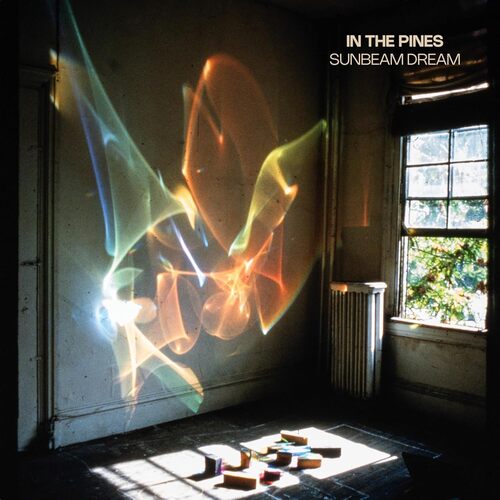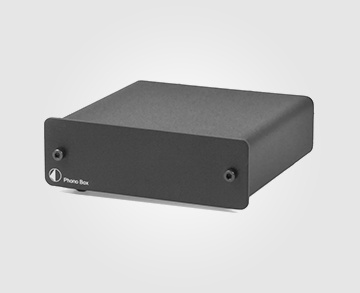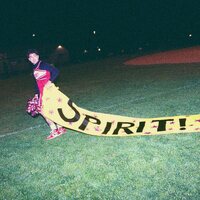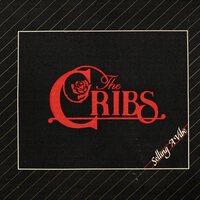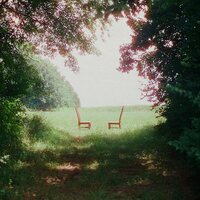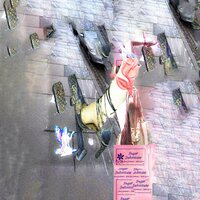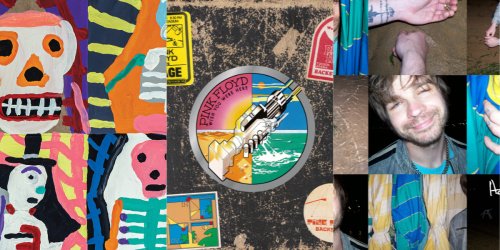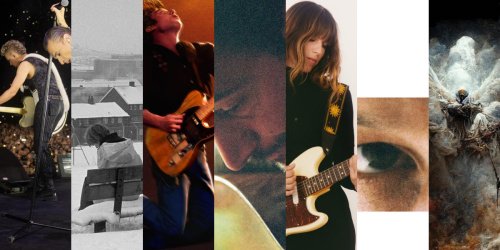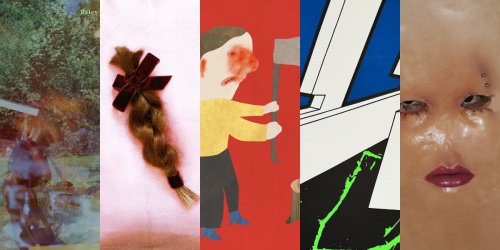The history of Rock and Roll is filled with examples of bands whose dedication to their craft led to the radical restructuring of their collective lives. This ranges from the cozy decampment of The Band's output from the Big Pink, to the sinister totalitarianism of Captain Beefheart and Father Yod. For the Cincinnati quintet, the sound of their fourth, full-length album Sunbeam Dream is inextricably linked to the communal nature of the band's existence. In The Pines' central nervous system is located in The Lodge - an old Masonic temple repurposed as a multi-use space across the river from Cincinnati in Dayton, KY. The group occupy a corner of the basement in this sprawling labyrinth where they run and operate Foleytronics - a boutique vintage pro audio repair shop, and one of a handful of like-minded shops in the world that can operate on and repair vintage digital effects. A natural byproduct of this shop is their studio in bandmate Peter's basement, a room full of various vintage effects, tape machines and synthesizers, where they recorded and produced Sunbeam Dream in it's entirety. All of the recording equipment used on Sunbeam Dream was salvaged from certain doom, repaired and brought back into working order by the band themselves, who went into recording fully aware of (and excited to exploit) the limitations of these devices. Much like the concept of Oulipo in poetry and mathematics, creativity and problem-solving flow from a clear understanding and constant testing of their limits.The recording process allowed In the Pines to obsess over the minutiae for the first time - entire days spent on finding the correct acoustic guitar sound only to land on a piece of Scotch tape spread across the strings; hours that would be considered a luxury in other studios focused on trying out various cymbal combinations for a chorus or bridge. Just like they did with their repair shop, the band created a recording space where hyperfocus and attention to detail are not only allowed, but fully embraced. The result of this obsessive level of control is In The Pines' most accomplished work to date. Sunbeam Dream takes the band's shoegaze-informed psych rock and raises the bar. With a heavier emphasis on synths moving from a textural element to a main character in the band's sound (courtesy of a 1971 resuscitated Mellotron), the band stakes a claim in the lineage of the grandeur and grit of albums like The Verve's A Northern Soul or The Charlatans (UK) self-titled album where both bands' production seemed to match their creative vision. With Sunbeam Dream, everything feels both brighter, crisper while at the same time delightfully swimming in a twilight haze that surrounds each element. From Michael's voice cutting through with incisive clarity against the frantic lead on the self-titled track, to the slow-burn staccato on "Reticon" - a track which particularly shines a spotlight on Peter - with transcendent synths and a nod to Kid A's computer speak pathology. More pastoral moods arise in the album's engaging middle with "Time Shakes" and "Delirium" pushing the band into straight-forward psych territory while maintaining a thick shoegaze crunch. As a statement of purpose, "Hide The Sky" and "Oubliette" speak with the most alacrity. The phrase "the clouds can't hide the sky from me" seem to come into the world fully formed - these are songs that can be played on acoustic guitars but are at home in a nest of buzzing synths, crashing cymbals and crushing guitars. The album ends on "All This Noise" - a track that thematically seems to bend itself to the way this album was created. Peace, focus and time-slowing attention as antidotes to the constant swirl of noise that calls us away from the kind of work that we really love - limitations and all. The work - if it can be called work - becomes a dream shot to us directly (PKD style) in the full spectrum light of a sunbeam.
- 1. Never Fazed
- 2. Sunbeam Dream
- 3. Reticon
- 4. Time Shakes
- 5. Flyin' Nowhere
- 6. Delirium
- 7. Hide the Sky
- 8. Golden Pin
- 9. Oubliette
- 10. All This Noise
